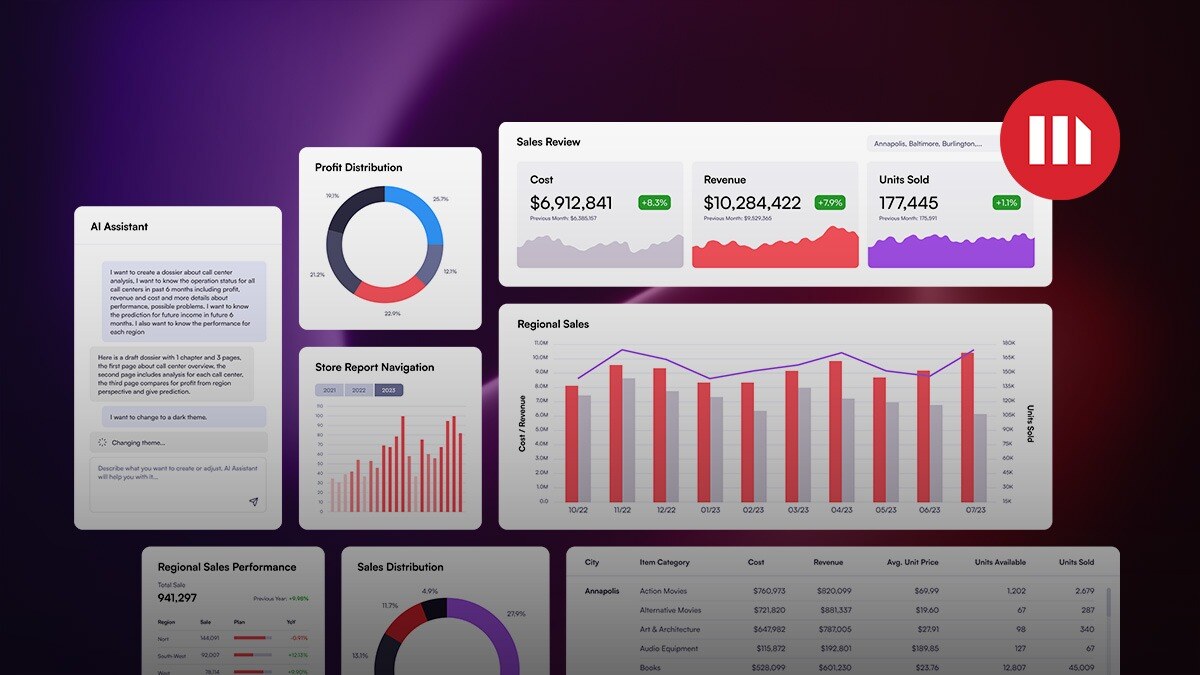
In the realm of business intelligence and data analytics, understanding and utilizing data efficiently is paramount. One of the key tools that facilitate this process is the MicroStrategy Semantic Graph. It is a foundation providing a comprehensive and organized view of complex data, serving as a map that defines all data implementations. In this article, we explore various aspects and benefits of the Semantic Graph and how it can revolutionize data analytics.
Understanding the Semantic Graph
At its core, the Semantic Graph in MicroStrategy is a metadata layer that encapsulates the relationships and definitions of data across various datasets. It not only helps in visualizing the data connections but also ensures consistency and accuracy in data representation. By defining a single version of the truth, the Semantic Graph enables users to draw reliable insights from diverse data sources, facilitating a unified approach to data management.
Key Benefits of the Semantic Graph
- Consistency Across Applications: The Semantic Graph allows for the establishment of a single version of the truth, ensuring that all applications and reports are based on the same underlying data. This consistency is crucial for making accurate and reliable business decisions.
- Efficient Data Modeling: By leveraging the model-first approach, the Semantic Graph streamlines the process of data modeling and querying. This approach prioritizes the creation of a robust data schema that can serve multiple applications, reducing redundancy and improving performance.
- Tailored Datasets: One of the standout features of the Semantic Graph is its ability to support the creation of custom datasets for specific applications. While maintaining a unified data model, users can build datasets tailored to specific business needs, such as sales reporting or customer analytics. This flexibility ensures that each application can function optimally without compromising data integrity.
Implementing Best Practices
To fully harness the power of the Semantic Graph, it's essential to follow best practices in data modeling and implementation. This includes understanding the unique requirements of different applications and ensuring that the data schema supports these needs. By focusing on building comprehensive and efficient datasets, organizations can optimize their data analytics capabilities and derive meaningful insights.
Conclusion
The MicroStrategy Semantic Graph is more than just a feature—it's a comprehensive framework for managing and understanding data. By offering a clear and organized view of complex data relationships, it enables businesses to make informed decisions and streamline their data processes. As organizations continue to evolve in the digital age, tools like the Semantic Graph will play an increasingly vital role in driving business intelligence and analytics.




